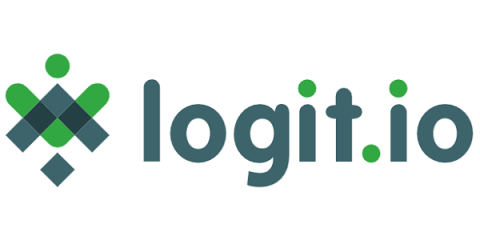The future of testing with Launchable
In this video with with Kohsuke Kawaguchi (KK) from Launchable and Viktor Farcic we talk about testing K8s applications. Do we really need to write all the tests every time we make a change to the source code or make a release? That could take minutes or even hours. Wouldn’t it be better to run only the tests related to the changes we are making or the phase of the lifecycle of an application? Is the future of testing in AI and ML?










